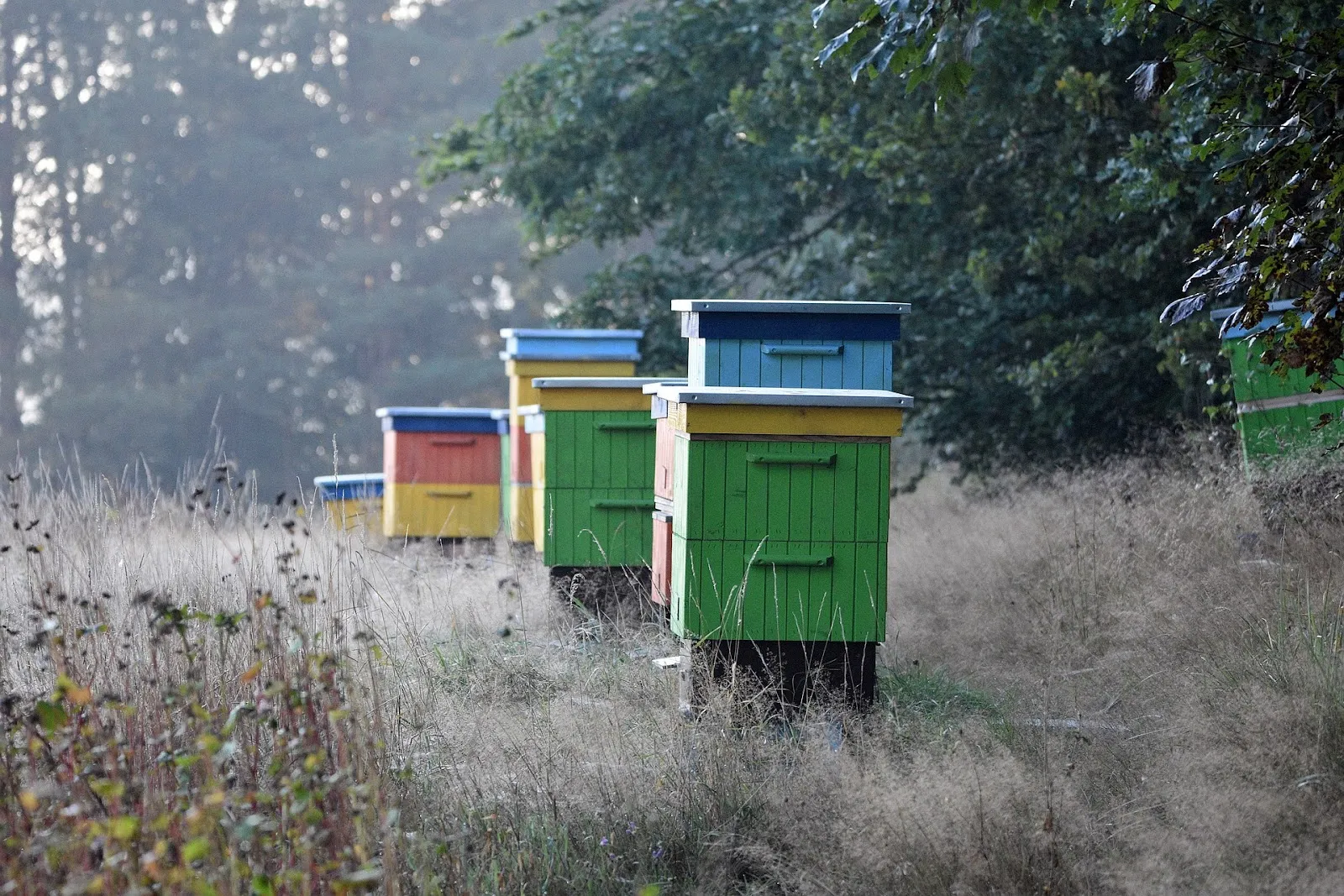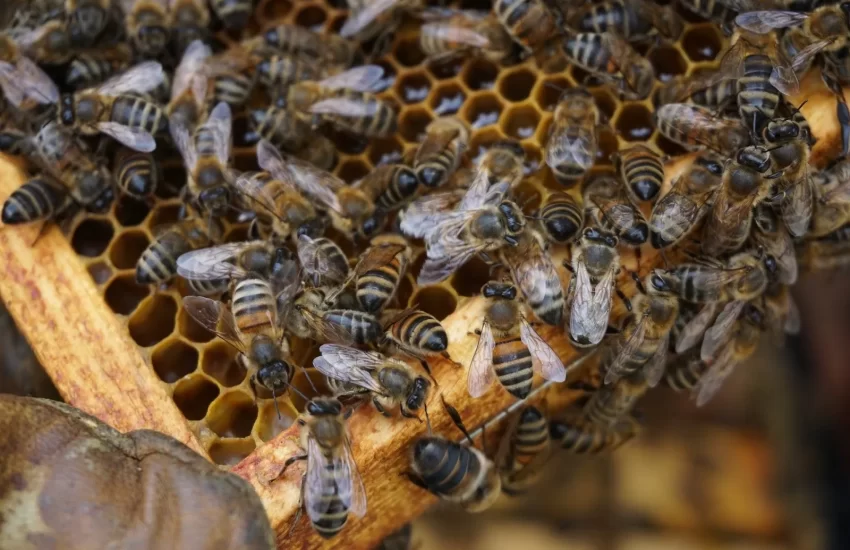What time of the day is best to move a hive?
While beekeepers should choose a suitable location for their beehives from the start, it becomes necessary sometimes to relocate them. Unless it is a MUST to move the hive, it is advisable to leave it at its initial spot. The task should not be undertaken lightly since it involves moving bees, comb, and honeycombs. On top of potential damage to the beehive, it also has a major impact on the bees. It disrupts their mental map (GPS). The process requires careful planning and observing the safety protocols.
Similar Articles you may like to read –
How to Move a Beehive Without Losing Bees?
How to get rid of Hives? On arm? Should it be removed Overnight?
How many times can you split a hive per year?
What do bees do with dead bees in the hive?
What time of the day is best to move a hive?
The best time to move a hive is at dusk or night or early in the morning. In the summer season, this can be before 6 am. This ensures that all the hive dwellers are in the house. Moving during the day risks leaving the foragers behind as they seek food resources. If you live in a hot region, ensure it is not too hot to avoid the loss of bees from overheating. The best time of the year is in mid or late spring. If you are moving your hive at a distance of 3 feet or less, you can move it at any time of the day since bees will easily locate their home.
What are the precautions to take while moving hives?
Close the Entrance
Before relocating your hive, ensure all the bees are in the hive and close off the entrance to prevent bees from flying out. However, you should make sure it is well-ventilated. You can consider using flywire screens. If there are some guard bees at the entrance as you are preparing the hive, use some smoke to push them in.
Secure the Hive
A hive is not one solid part. You should secure the parts with straps to keep them from falling over while in transit. If a hive collapse as you are transporting can be disastrous. You can consider using cargo straps to secure it.
Consider the Temperature
You should avoid moving your hive in extremely hot temperatures. The ideal temperature range is between 7 and 16 degrees centigrade. The cooler the weather, the better for the well-being of the hive. Bees usually collect water for thermo-cooling of their hives in hot weather. When transporting for long distances, keep them cool and out of the sun.
Put Your Protective Gear On
Always wear protective clothing to avoid bee stings, even if you have closed the entrance. Bees hate disturbance and will retaliate if they get a chance to leak out. Bees tend to crawl rather than fly at night and are very defensive. A few bees will crawl out even when sealed. There may also be stragglers around.
Seek a Helping Hand
Beehives are very heavy, and you will require a helping to lift them to a vehicle and offloading too.
More articles you may like to read –
What happens if you disturb a beehive at night?
What happens if you give bees too much space?
Will an empty beehive attract bees?
What is the lifespan of a beehive? How long does a beehive last?
How to help bees to Re-Orientate in the New Location
Honeybees are usually orientated to where the hive is situated. They form a 3-5 miles radius map surrounding the hive and where they forage. When you move them to a new location, ensure they will get used to the new home and not return to their former home. You can help them by placing reorientation prompts such as twigs, sticks, or hardware cloth at the entrance to trigger them re-adjust. This helps to create a new map in their minds. Not all bees will be able to re-orientate on the first day. Be sure to place an empty swarm box at their old home and collect the stragglers.




